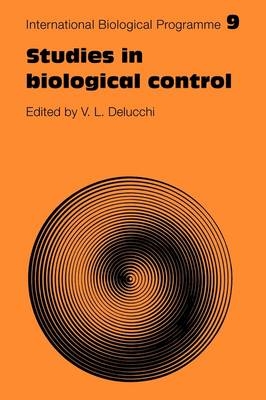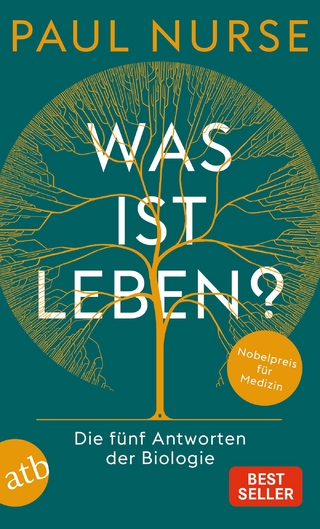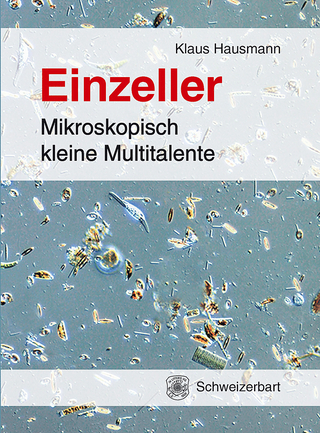
Studies in Biological Control
Seiten
2011
Cambridge University Press (Verlag)
978-0-521-28164-5 (ISBN)
Cambridge University Press (Verlag)
978-0-521-28164-5 (ISBN)
The best alternative to chemical control is biological control. However, biological control alone is not always sufficient to control pest populations; and it is necessary to learn how to make it compatible with other methods of control. Data on these important aspects is collected in this 1976 volume.
The best alternative to chemical control is often seen as being biological control - the introduction of natural enemies in areas where foreign pests become abundant. However, biological control alone is not always sufficient to maintain pest populations under a tolerable level; and it is necessary to learn how to make it compatible with other methods of control, and in particular with chemicals, in integrated control programs. Data on these important aspects was collected and elaborated over a period of seven to eight years and synthesized in this volume, which was originally published in 1976. The data relates to five groups of species recognized as main agricultural pests over vast areas of developing countries. It shows how complex the interrelationships between microorganisms are how much research effort has to be invested in such disciplines as systematics, physiology, ethnology and ecology for their understanding.
The best alternative to chemical control is often seen as being biological control - the introduction of natural enemies in areas where foreign pests become abundant. However, biological control alone is not always sufficient to maintain pest populations under a tolerable level; and it is necessary to learn how to make it compatible with other methods of control, and in particular with chemicals, in integrated control programs. Data on these important aspects was collected and elaborated over a period of seven to eight years and synthesized in this volume, which was originally published in 1976. The data relates to five groups of species recognized as main agricultural pests over vast areas of developing countries. It shows how complex the interrelationships between microorganisms are how much research effort has to be invested in such disciplines as systematics, physiology, ethnology and ecology for their understanding.
List of collaborators; 1. Introduction V. L. Delucchi; 2. Definition and planning of the project D. F. Waterhouse; 3. Fruit flies M. A. Bateman; 4. Myzus persicae Sulz., and aphid of world importance M. Mackauer and M. J. Way; 5. Rice stem-borers K. Yasumatsu; 6. Armoured scale insects P. DeBach and D. Rosen; 7. Spider mites N. W. Hussey and C. B. Huffaker; 8. Concluding remarks M. J. Way; References; Index of animal names; Subject index.
| Erscheint lt. Verlag | 9.6.2011 |
|---|---|
| Reihe/Serie | International Biological Programme Synthesis Series |
| Zusatzinfo | Worked examples or Exercises |
| Verlagsort | Cambridge |
| Sprache | englisch |
| Maße | 152 x 229 mm |
| Gewicht | 480 g |
| Themenwelt | Naturwissenschaften ► Biologie ► Zellbiologie |
| Naturwissenschaften ► Biologie ► Zoologie | |
| Weitere Fachgebiete ► Land- / Forstwirtschaft / Fischerei | |
| ISBN-10 | 0-521-28164-4 / 0521281644 |
| ISBN-13 | 978-0-521-28164-5 / 9780521281645 |
| Zustand | Neuware |
| Haben Sie eine Frage zum Produkt? |
Mehr entdecken
aus dem Bereich
aus dem Bereich
mikroskopisch kleine Multitalente
Buch | Hardcover (2024)
Schweizerbart'sche, E. (Verlag)
29,90 €


